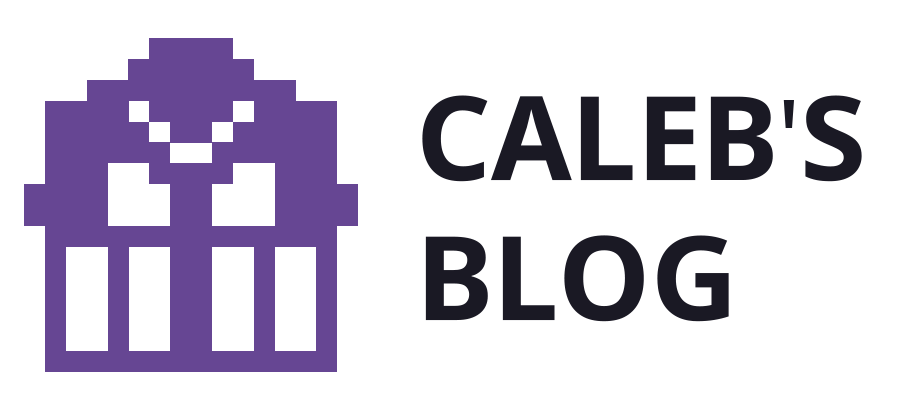As the technical feasibility of the API to LED project comes together, it is time to consider the physical specifications, including design, construction, and materials. Here is the current conceptual design:

The LEDs will be light up depending on the one-hour price change of a single cryptocurrency – Ethereum – with information fed from the API of coinmarketcap.com (as described here).

The crystal shape is based on the Ethereum ‘logo’ seen here.
A crystal shape also feels appropriate in artistic terms. Crystals are historically an important symbol of wealth and mysticism, which are two qualities of cryptocurrency that I want to highlight.
I also like crystals due to their role and symbolism in video games – they often glow or shimmer to indicate their value or power. Consider rupees in Zelda, all sorts of crystals in Final Fantasy, or glimmer and other crystal shards in Destiny, to name a few.
In this design the wireless unit, LEDs, and power supply will all be stationed inside this unit, with the green LEDs facing upwards and the red ones facing down. With this design in mind, we can begin to prepare more physical specifications.
If the crystal will house the wireless unit, it needs to have an area of more than 3 inches by 3 inches. With an assumption that a base and height of 5 inches will be enough, we can make the 8 isosceles triangles out of a 12″ x 24″ sheet of base material.

The next step is to determine exactly what materials are required including enclosure, lighting, and power of the unit. Based on my experience with acrylic, I think it would be a good material to start with.
The current design has 4 major components to be built:
A – Microcontroller & LEDs – the wiring and unit
B – Acrylic Enclosure – the big crystal enclosure
C – Mounting Unit – something to keep A stable within B
D – Stand for Enclosure – a stand so the crystal is stable & standing
With that in mind, here is a first draft of the bill-of-materials:
| Part | Description | Qty | Price | Provider |
| WeMos D1 | Microcontroller | 1 | $12.99 | Amazon |
| LEDs | Lighting | 10 | $8.49 | Amazon |
| Breadboard | Connection for unit | 1 | $2.58 | Amazon |
| 9V Battery | Power supply for the unit | 1 | $1.25 | Amazon |
| Power Link | Means to link power and unit | 1 | $0.86 | Amazon |
| 24″ x 48″ Acrylic | For the enclosure – translucent | 1 | $17.00 | Canal Plastics |
| Acrylic Hinges | For opening and closing enclosure | 2 | $6.16 | Amazon |
| Acrylic Cement | For sealing the hinges + an applicator | 1 | $6.04 | Amazon |
| 12 Gauge Wiring | A roll for the stand | 1 | 10.99 | Amazon |
| Per-unit total | $66.36 |
If the unit works, I would also like to add decoration to the enclosure. To highlight the pandemonium and general mania over the prices of cryptocurrencies, the idea would be to etch symbols into the pieces to indicate some of that feeling. The etchings would illuminate to various degrees based on the LEDs. The only thing is that I am terrible at drawing:

As my fabrication skills develop, I hope it will become clear how possible and how difficult some of these tasks will be.
If the etching is too tough, another possible design is for the whole crystal to be illuminated with a single color. One of my peers also suggested this and I liked the way this looked on the heads of two people at MoMA PS1 during halloween:

Regardless of this design decision, the next step is to get hands-on with the materials. A trip to canal plastics is definitely in order. Stay tuned.

One reply on “From API to LED: Physical Specifications”
[…] week I converted a concept into a partial […]